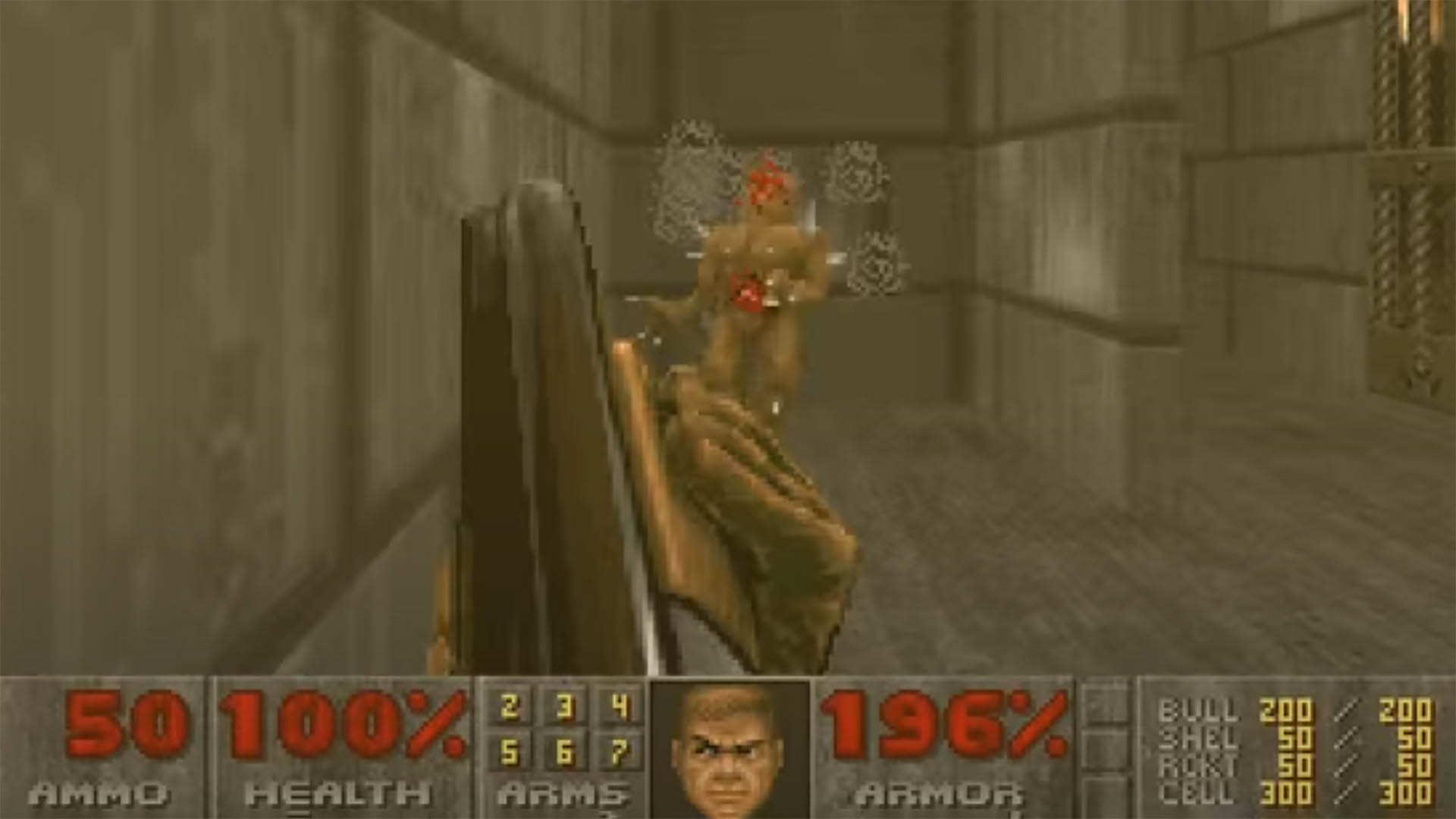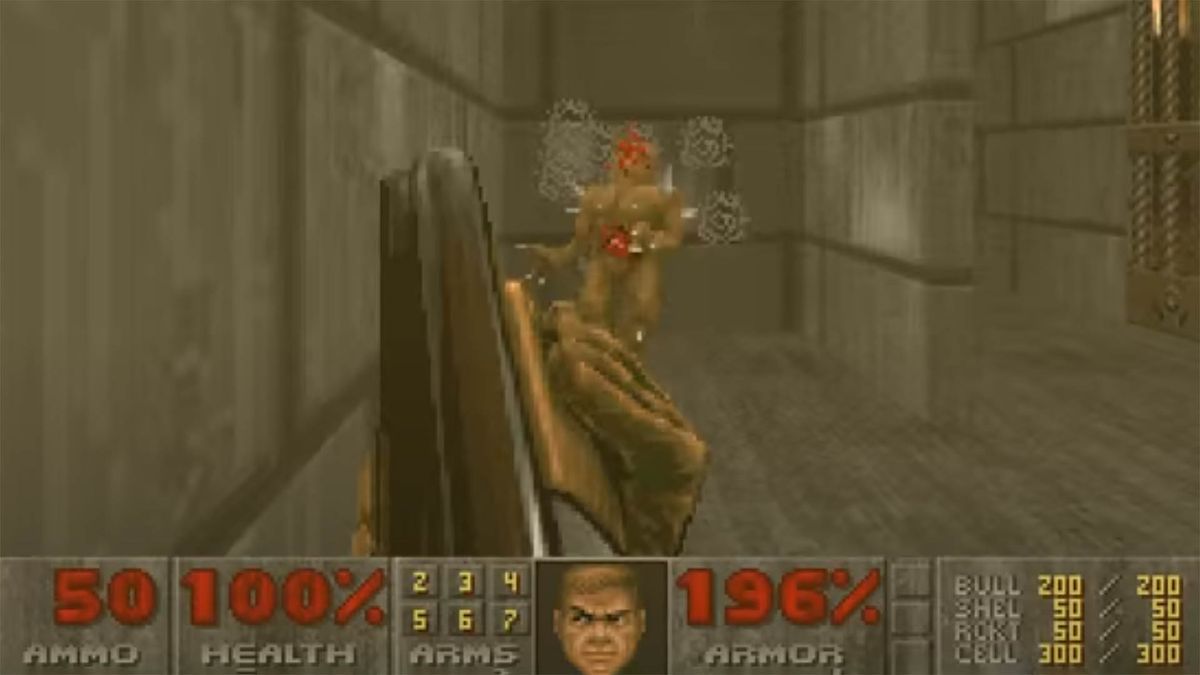[ad_1]

Doom has been played on pretty much everything nowadays: a rotary phone (opens in new tab), via Twitter (opens in new tab), and even on 100 pounds of mouldy potatoes (opens in new tab). So in that spirit of playing Doom on all manner of hardware, from PC to potato, here’s the 1993 game running from within a motherboard BIOS.
Yes, there’s now a version of Doom that runs on a motherboard firmware platform known as Coreboot.
Now Coreboot isn’t an entirely normal motherboard BIOS like the one you’d find on your gaming PC. It’s an open-source alternative to regular BIOS software. It aims to be more open, faster, and more flexible than manufacturer-made software, and it’s starting to really shape up. Recently the BIOS, alongside the Dasharo framework, was implemented successfully (opens in new tab) on an MSI Z690 motherboard.
Coreboot relies on things called payloads (opens in new tab): the payload is the actual software doing the work once Coreboot has successfully initialised the hardware. These take various forms, including those booting Linux and those using the legacy x86 SeaBIOS, but today there’s one payload we’re interested in: coreDOOM (opens in new tab).
CoreDOOM, as spotted by Linux wizards Phoronix (opens in new tab), is a payload for Coreboot 4.17 that essentially loads a system directly into a game of Doom on boot. It’s excellent stuff. The whole game is actually stored in ROM, it’s that small, and that means the PC knows next to nothing other than to play Doom.
With that comes a few, er, minor limitations. If you exit the game, your whole system freezes. Okay, that’s fine. There’s also only PS/2 keyboard support. You probably have one of those lying around somewhere, right? There’s also no sound support. Or save support.
Look it’s not perfect— it’s Doom running from within a motherboard’s BIOS, what did you expect?
CoreDOOM is a port of doomgeneric (opens in new tab), a version of Doom designed to be even more portable than the 1993 classic already is. Doom’s public source code and portability are but some of the reasons why you often see it being the first game to be loaded onto hardware it shouldn’t be. Like an ATM or a digital camera (opens in new tab). That and Doom doesn’t require much processing power to run nowadays.
No matter the limitations of this particular implementation, it’s still so surprising and impressive that there’s still more hardware left for Doom to conquer. Coreboot has come a long way, too, and perhaps there’s even a chance we’ll see a version of it that we can play all the modern Doom games on sometime in the future.
[ad_2]
www.pcgamer.com
